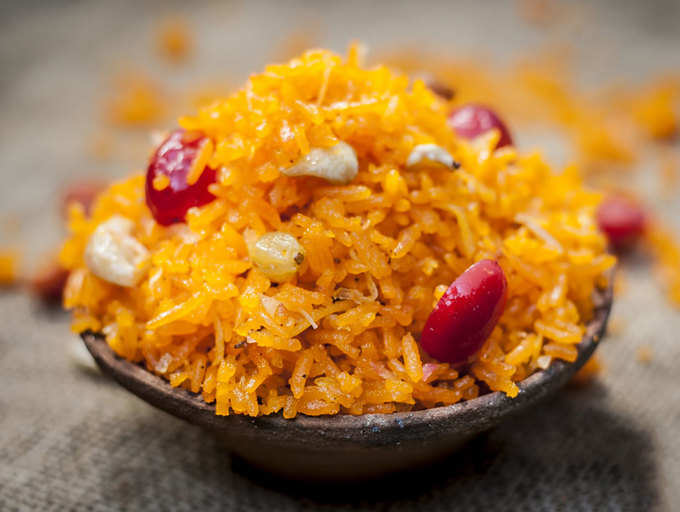Description
প্রায়ই পাকিস্তানে, হলুদ খাদ্য রঙের পরিবর্তে, একাধিক খাদ্য রং যোগ করা হয় তাই চালের দানা একাধিক রঙের হয়। উপরন্তু, খোয়া, মিষ্টি ফল (মুরব্বা) এবং বাদাম শুভ অনুষ্ঠানে তৈরি জর্দার একটি অপরিহার্য অংশ। এছাড়াও কিশমিশ এবং অন্যান্য শুকনো ফলের থালায় জনপ্রিয় ব্যবহার রয়েছে।
মুঘল ভারতে ফিরে যাওয়ার সময়, জর্দার 'মুতানজান' নামক ছোট ভাজা মিষ্টি মাংসের টুকরোগুলির সাথে একটি ভিন্নতা ছিল। এই খাবারটি সম্রাট শাহজাহানের খুব পছন্দের ছিল এবং প্রায়ই তার অনুরোধে তৈরি করা হতো। এই ভাতের খাবার অতিথিদের জন্য বিশেষ ভোজসভায় তৈরি করা হয়েছিল।
আসিরিয়ানদের কাছেও এই খাবার (একই নামের) আছে, বেশিরভাগই রোজার সময় তৈরি করা হয়, তাই এতে দুগ্ধজাত দ্রব্য ছাড়া।
Zarda is a traditional boiled sweet rice dish, native to the Indian subcontinent, made with saffron, milk and sugar, and flavoured with cardamoms, raisins, pistachios or almonds. The name Zarda comes from Persian word 'zard' meaning 'yellow', hence named since the food coloring added to the rice gives it a yellow color. Zarda is typically served after a meal. In the Indian subcontinent, zarda was and still remains a popular dessert on special occasions such as weddings. It is very similar to Sholezard, an Iranian dessert.
Often in Pakistan, instead of yellow food coloring, multiple food colorings are added so the rice grains are of multiple colors. Additionally, khoya, candied fruits (murabba) and nuts are an essential part of zarda made at auspicious occasions. There also is a popular use of raisins, and other dried fruits to dish.
Dating back to Mughal India, zarda had a variation with an addition of small fried sweetmeat pieces called 'Mutanjan'. This dish was a favourite of Emperor Shahjahan and was often made on his request. This rice dish was made for guests at special banquets.
The Assyrian people have also this dish (with the same name), mostly made while fasting,so without dairy products in it.














